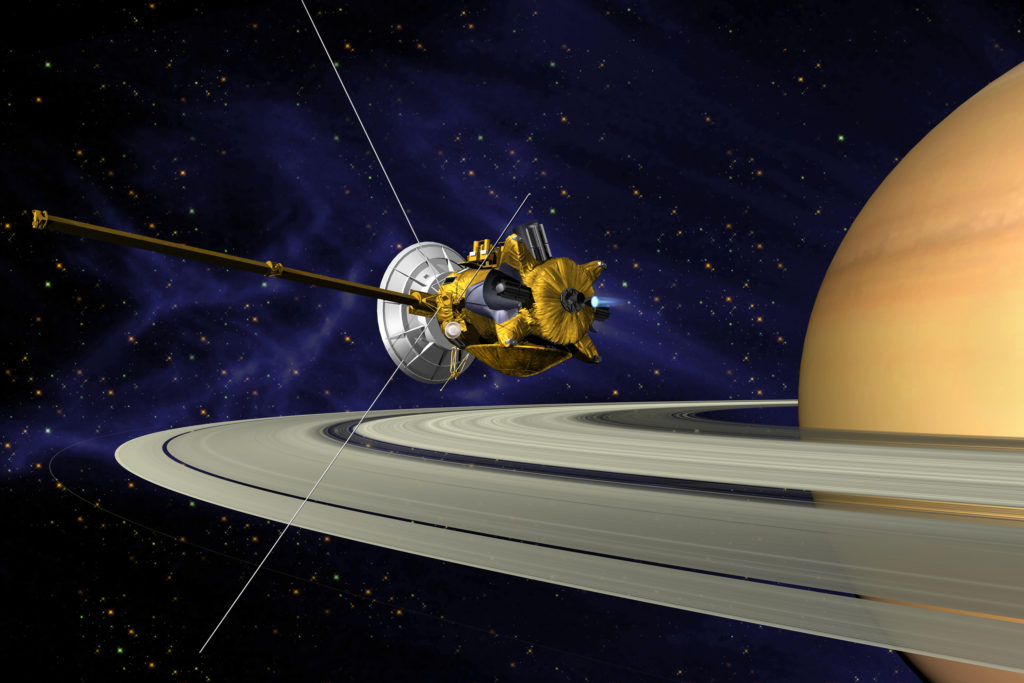
For nearly two decades, NASA scientists have been sharing the wonders of Cassini. The $3.26 billion space mission was launched in October 1997 with a mission to explore Saturn. That mission, according to the scientists monitoring Cassini’s travels, has been more than successful.
In its final transmitted photos, Cassini measured the planet’s atmosphere, even as it made its final descent to crash land on Saturn. Now, 932 million miles from home, Cassini’s mission is done. Connection terminated…but mission accomplished.
Media reports out of NASA’s Jet Propulsion Lab tell the story of the final moments of Cassini and the aftermath. It was all quiet in the control room for several minutes. No one needed to be told this was a time for silent reflection. These people, many of them, had been working on the Cassini project much of their careers, many for nearly three decades.
Then, the data started rolling in. Takes a while to get here from Saturn, even at light speed. There were a few muted gasps and appreciative exclamations as the information started coming up on computer screens. Finally, on a live broadcast over NASA TV, Cassini mission engineer Earl Maize, gave a short, emotional speech:
“The signal is gone, and so will be the spacecraft in the next 45 seconds… This has been an incredible mission, an incredible spacecraft, and you’re all an incredible team. I’m going to call this the end of the mission.”
Applause. Then hugs, a few tears.
Cassini was an incredible accomplishment for the space industry, and not just for the American agency. The probe found six new moons as well as “propeller objects” in Saturn’s rings. Cassini also discovered hydrocarbon lakes on the moon, Titan, and a massive saltwater ocean on the moon, Enceladus.
To researchers, these are findings full of hope and potential for even more discovery. Is there life in that ocean? How would we find it?
That’s a question many involved in the project desperately wish to answer. But, to do so, they will need a PR push to kick-start the nation’s waning imagination about space. Back in the 50s and 60s, after Sputnik, space chimps and moon missions, the developed nations of the world were space crazy. It seemed like anything was possible.
Through the 80s and 90s, there was triumph and tragedy. Shuttle missions became, at least to the public, mundane. They were never mundane to the scientists and space workers who understood the risks and embraced the danger in the name of discovery. But the public began pinching pennies, and, without the competition of the “space race,” the luster dimmed.
Now, the scientists who want to go back to Saturn’s moons need to re-energize public interest in order to pressure politicians and private companies to fund further research. They need to recapture some of that early program magic and spread it to the people who are looking for new reasons to go where no one has gone before.
That will take incredible scientific feats … it will also take smart public relations.
Ronn Torossian is the Founder and CEO of the New York based public relations firm 5WPR: one of the 20 largest PR Firms in the United States.
Read more from Ronn Torossian:
Ronn Torossian on Forbes
Ronn Torossian on Medium
Ronn Torossian on LinkedIn
5WPR, Public Relations Insights & PR Firm
Ronn Torossian on Business Insider




